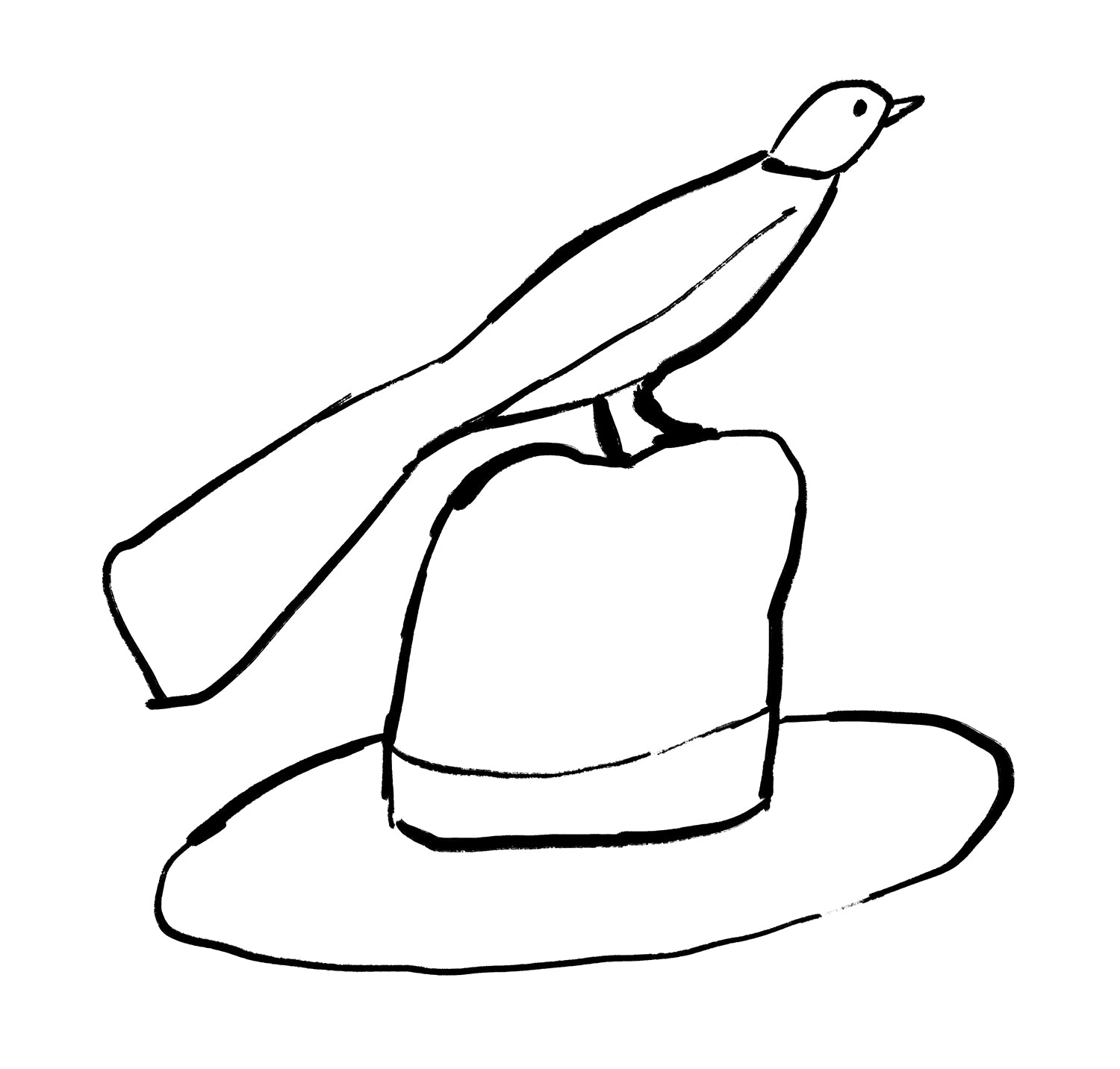
Henry'sBy Keith Henry
"Everything you need, nothing you don't"
A self-taught sewer, pattern maker and photographer, Keith Henry founded his namesake label out of necessity. His humble beginning started out by making trousers, at first for himself and then for others interested in his handiwork. Painstakingly constructed by hand, each Henry's style displays the meticulous thought and care put into the design and construction details. Non-seasonal styles and silhouettes are produced out of the designer's own interest and research, often as contemporary adaptations of retro military and workwear silhouettes.
We profile the designer this season, as we introduce his few-of-a-kind garments to our collection of brands at Neighbour. Henry's is currently based in Toronto, working out of his home studio in Roncesvalles. Available exclusively through Henry's and Neighbour.
How and what made you want to begin making clothes?
My mother taught me the basics of sewing when I was around 13 years old, and I would tailor my own clothing. I used to flip my pants inside out and taper them down to the cuff, take my dad's XL's and sew them to a medium and always played around with different ideas. My interest lasted for only a few months until I picked it up again three years ago. I was vintage shopping with some friends and came across a pair of pants with patch pockets on the front; I really loved the way they fit and thought they would look cool in a different fabric. I figured patch pockets were more practical to sew than pocket bags, so I borrowed a friend's machine and decided to try and recreate them.
How are new styles developed and designed?
New styles can come from all sorts of places. I've been collecting vintage clothing for many years, and would gravitate towards pieces based on pocket placement, shape, and overall functionality. I've been looking at a lot of furniture design and architectural publications for visual inspiration and to expand my mind outside of looking solely at clothing. Sometimes the shape of a chair or colour of a wall will spark an idea and I'll apply it to a garment where I see fit. I tend to take what I like in clothing, and change it slightly. I like simplicity, but I feel the need to change the shape or scale of a pocket, style of stitching or even stitch colour to differentiate my pieces from others.


left: Patch Jean and Wingfoot Hoodie right: Side Bag Lambskin
You’re a self taught photographer as well - what made you pick up the camera and how has that outlet helped you along the way in forming Henry’s?
My father had a bunch of camera equipment when I was younger and I used to sneak it out of the bag, swap lenses and focus on things around the house. I learned on his SLR before eventually saving up and getting one when I had enough money to afford my own. I moved to Vancouver and worked as a skateboard photographer for 7 or 8 years before the magazine industry slowly started to decline. I decided to move to Toronto to pursue editorial and fashion photography, and in turn started making clothing right before I moved away. It's a blessing being able to shoot your own photos because the workflow is so much easier. I don't have to rely on other photographers, direct them on how to shoot or how I want my product to be portrayed, and wait on them to edit or get film processed. If i have an idea, I can go out and shoot it when I want, how I want and I only have myself to answer to.

Rendering of the Henry's garment label.

Has Toronto been a good home base for you and your brand (from the resources you have, to the overall culture/community in the city)?
Yes, definitely. I feel like moving to a larger city is always beneficial in any creative field. From my experience, Toronto is the type of place where people are very willing to help one another and share their wealth of information. There are a lot of clothing industry jobs here and still many manufacturers either in the city itself or in the surrounding suburbs. Without the people I've met, and the experiences I've had in Toronto, I don't feel like I'd be anywhere near where I'm at today.
What is your greatest advantage as an independent creator and the owner-operator of your own label?
The greatest advantage is having complete creative control over what I do, when I do it, and the ability to take creative risks that might otherwise get overlooked at a bigger company.

How did you develop your pattern-making skills over the years - was it a major learning curve?
Pattern making is one of the hardest skills to develop; I'm still learning with every new pattern I make. When I started out, the easiest thing for me was taking the garment apart and tracing the pieces onto other fabric. Over the years, I began to learn pattern making from an existing garment through many trials and tribulations. I have spent countless hours watching painful youtube tutorials for all types of sewing and pattern techniques. I can comfortably say I learned how to sew welt pockets from a steampunk.
In the spirit of a good neighbour, can you name a fellow peer or person of interest who you believes deserves some extra attention?
It's too difficult for me to choose just one person, so I'll shine some light on a few people I think will be names to watch out for.
First off, Colin Meredith in Montreal (@colin_meredith) - I love what he's been doing and have been following his progression for a few years. He's been attending a technical outerwear program over the last few months, and I'm stoked to see how he's been applying that to his designs.
Chris Der (@chr.sder) is another clothing designer and pattern maker from Toronto. His pieces have very advanced articulation, and his sewing skills are shocking.
And last but not least, Kathryn Bowen (@kathrynbowen_), who is a very advanced womenswear designer out of Toronto. Her shapes, fabric selection and overall brand direction are very inspiring and I'm excited to see what she develops over the next few years.
Text Neighbour Team
Photographs Seth Fluker, Ian Lanterman

View the collection: Henry's


